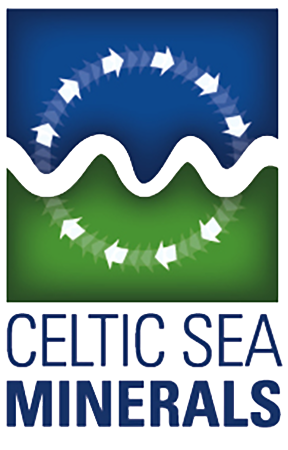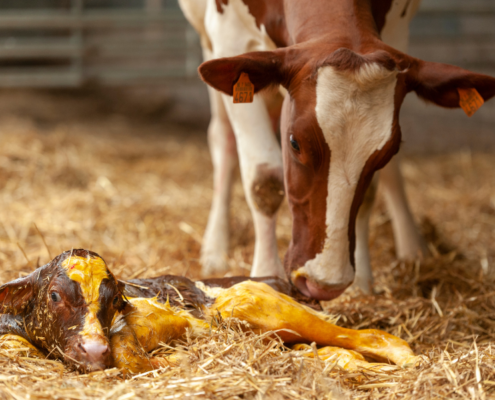 https://celticseaminerals.com/wp-content/uploads/2021/02/Transition-cow-Acid-Buf-CSM-800x600-1.png
600
800
Patricia
https://celticseaminerals.com/wp-content/uploads/2020/01/Celtic_13.png
Patricia2021-02-08 15:05:032023-03-02 13:35:35Transition Cow Management
https://celticseaminerals.com/wp-content/uploads/2021/02/Transition-cow-Acid-Buf-CSM-800x600-1.png
600
800
Patricia
https://celticseaminerals.com/wp-content/uploads/2020/01/Celtic_13.png
Patricia2021-02-08 15:05:032023-03-02 13:35:35Transition Cow ManagementImprove rumen function to
increase milk yield & feed efficiency
Acid Buf for Performance Excellence

Thank you for reading our brochure on how to improve rumen function to increase milk yield and feed efficiency in dairy cows.
Acid Buf creates an excellent eco-system in the rumen to optimise energy fermentation and control the formation of methane at the same time. Hence, dairy diets are utilised and transformed directly into dairy performance.
This is confirmed by multiple ruminant studies specific for our Acid Buf brand. Get powered by our science and get access to the abstracts for some of our peer reviewed studies for Acid Buf in dairy nutrition. Our website offers more nutritional insights regarding the application of Acid Buf for dairy nutrition. Enjoy reading & we look most forward to your feedback.
The effect of calcareous marine algae, with or without marine magnesium oxide, and sodium bicarbonate on rumen pH and milk production in mid-lactation dairy cows
Neville et al. (2019) I Journal of Dairy Science I rumen function
Two experiments were carried out to evaluate different dietary buffers and their influence on (1) rumen pH in dairy cows and (2) milk production in dairy cows. The supplements included were calcareous marine algae (CMA; Lithothamnion calcareum), with or without marine magnesium oxide (MM; precipitated magnesia derived from seawater), and sodium bicarbonate (SB).
Dietary treatments in experiment 1 consisted of the control [32.9% starch and sugar, and 19.9% neutral detergent fiber from forage per kg of dry matter (DM)] including no dietary buffer (CON); the control plus 0.45% DM CMA (CMA); the control plus 0.45% DM CMA and 0.11% DM MM (CMA+MM); the control plus 0.9% DM SB (SB). Diets were formulated to a dry matter intake (DMI) of 18 kg per cow/d.
Dietary treatments in experiment 2 also consisted of CON (28.3% starch and sugar, and 23% neutral detergent fiber from forage per kg of DM), CMA, CMA+MM, and SB and were formulated to achieve identical intakes of experimental ingredients (80 g of CMA, 80 g of CMA plus 20 g MM, and 160 g of SB per cow/d) with a DMI of 22.6 kg per cow/d. Experiment 1 used 4 rumen-cannulated dairy cows in a 4 × 4 Latin square design.
Rumen pH was measured over five 2-h periods, following feeding, using rumen pH probes. In experiment 2, 52 multiparous and 4 primiparous cows (62.7 ± 3.4 d in milk) were assigned to 4 experimental treatments for 80 d.
Both CMA treatments maintained a greater mean rumen pH than the CON during 4 of the 5 periods following feeding and the CON had a greater number of hours below rumen pH 5.5 compared with all other treatments. Dry matter intakes tended to be higher on the SB compared with CON. The CMA treatment increased the production of milk fat and protein yield (kg/d) compared with all other treatments. Both CMA and CMA+MM increased milk fat yield compared with CON but were similar to each other and SB. Protein yield was highest in the CMA treatment compared with CON, CMA+MM, and SB.
All 3 buffer treatments increased milk fat concentration compared with CON but did not differ from each other. The SB treatment reduced milk protein concentration and milk production efficiency, energy-corrected milk per kilogram of DMI. Results indicate that the addition of CMA can benefit milk fat and protein production when included in diets based on typical feedstuffs of the northern European region. The use of CMA when compared with SB, in such diets, can increase milk protein production and milk production efficiency.
![]()
The effect of buffering dairy cow diets with limestone, calcareous marine algae, or sodium bicarbonate on ruminal pH profiles, production responses, and rumen fermentation
Cruywagen et al. (2015) I Journal of Dairy Science I rumen function
Six ruminally cannulated Holstein cows were used to evaluate the effect of 2 dietary buffers on rumen pH, milk production, milk composition, and rumen fermentation parameters. A high concentrate total mixed ration [35.2% forage dry matter (DM)], formulated to be potentially acidotic, was used to construct 3 dietary treatments in which calcareous marine algae (calcified remains of the seaweed Lithothamnium calcareum) was compared with limestone (control) and sodium bicarbonate plus limestone. One basal diet was formulated and the treatment diets contained either 0.4% of dietary DM as Acid Buf, a calcified marine algae product (AB treatment), or 0.8% of dietary DM as sodium bicarbonate and 0.37% as limestone (BC treatment), or 0.35% of dietary DM as limestone [control (CON) treatment].
Cows were randomly allocated to treatments according to a double 3 × 3 Latin square design, with 3 treatments and 3 periods. The total experimental period was 66 d during which each cow received each treatment for a period of 15 d before the data collection period of 7 d. Rumen fluid was collected to determine volatile fatty acids, lactic acid, and ammonia concentrations. Rumen pH was monitored every 10 min for 2 consecutive days using a portable data logging system fitted with in-dwelling electrodes.
Milk samples were analyzed for solid and mineral contents. The effect of treatment on acidity was clearly visible, especially from the period from midday to midnight when rumen pH dropped below 5.5 for a longer period of time (13 h) in the CON treatment than in the BC (8.7 h) and AB (4 h) treatments.
Daily milk, 4% fat-corrected milk, and energy-corrected milk yields differed among treatments, with AB being the highest, followed by BC and CON. Both buffers increased milk fat content. Treatment had no effect on milk protein content, but protein yield was increased in the AB treatment. Total rumen volatile fatty acids and acetate concentrations were higher and propionate was lower in the AB treatment than in CON.
The molar proportion of acetate was higher in AB than in CON, but that of propionate was lower in both buffer treatments than in CON. The acetate:propionate ratio was increased in the AB and BC treatments compared with CON. Lactic acid concentration was higher in the CON treatment than in the buffer treatments. Treatment had no effect on rumen ammonia concentrations.
Results indicated that buffer inclusion in high concentrate diets for lactating dairy cows had a positive effect on milk production and milk composition. Calcareous marine algae, at a level of 90 g/cow per day, had a greater effect on rumen pH, milk production and milk composition, and efficiency of feed conversion into milk than sodium bicarbonate at a level of 180 g/cow per day.
![]()
Evaluation of calcareous marine algae supplements on production and metabolic parameters of early lactation dairy cows
Bernard et al. (2014) I The Professional Animal Scientist I rumen function
Thirty-six lactating Holstein cows were used in a randomized design trial to evaluate the effect of feeding supplemental calcareous marine algae on performance and select metabolic indices of health of Holstein cows in early lactation. Treatments included no supplement (NEG), 204 g/d of sodium bicarbonate (POS), or 87 g/d of calcareous marine algae (AB, Acid Buf, Celtic Sea Minerals).
Beginning at 14 ± 4 DIM, all cows were fed NEG for 2 wk before being assigned randomly within parity and calving date to treatment for the following 10 wk. An interaction of treatment and week was observed for DMI, which was lowest during wk 1 and greatest during wk 9 and 10 for POS compared with NEG and AB. No differences were observed for yield of milk, components, or energy-corrected milk.
Milk protein percentage tended to be greater for NEG compared with NEG and AB. An interaction of treatment and week was observed for efficiency of milk production (energy-corrected milk/DMI) because efficiency was greatest for POS during wk 1 compared with all other treatments, but was greatest for AB during wk 8 to 10 compared with NEG and POS.
Concentrations of MUN were greater for AB compared with NEG, but not different from POS. Serum glucose concentrations were greater for NEG compared with POS and AB. No differences were observed in concentrations of other serum metabolites or enzymes.
Supplemental calcareous marine algae supported similar performance but improved efficiency of milk production during the wk 8 to 10 of the trial compared with diets with or without sodium bicarbonate.
![]()
Related articles
 https://celticseaminerals.com/wp-content/uploads/2021/02/Transition-cow-Acid-Buf-CSM-800x600-1.png
600
800
Patricia
https://celticseaminerals.com/wp-content/uploads/2020/01/Celtic_13.png
Patricia2021-02-08 15:05:032023-03-02 13:35:35Transition Cow Management
https://celticseaminerals.com/wp-content/uploads/2021/02/Transition-cow-Acid-Buf-CSM-800x600-1.png
600
800
Patricia
https://celticseaminerals.com/wp-content/uploads/2020/01/Celtic_13.png
Patricia2021-02-08 15:05:032023-03-02 13:35:35Transition Cow Management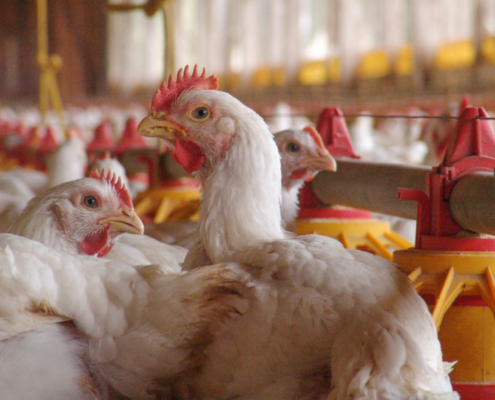 https://celticseaminerals.com/wp-content/uploads/2020/11/CSM-CeltiMin-layers-featured-image-webpage-800x600-1.png
600
800
Patricia
https://celticseaminerals.com/wp-content/uploads/2020/01/Celtic_13.png
Patricia2020-11-03 15:41:302023-03-02 13:36:21How to prevent eggshell quality problems?
https://celticseaminerals.com/wp-content/uploads/2020/11/CSM-CeltiMin-layers-featured-image-webpage-800x600-1.png
600
800
Patricia
https://celticseaminerals.com/wp-content/uploads/2020/01/Celtic_13.png
Patricia2020-11-03 15:41:302023-03-02 13:36:21How to prevent eggshell quality problems?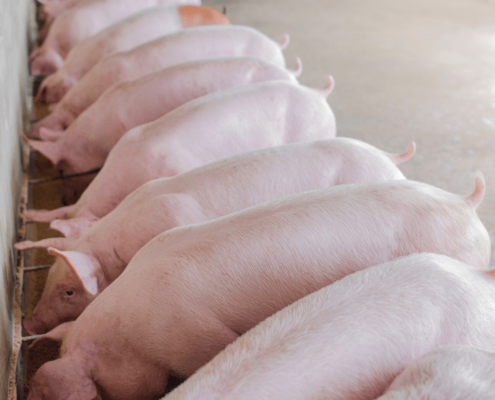 https://celticseaminerals.com/wp-content/uploads/2020/09/CSM-featured-image-gastric-pH-800x600px.png
600
800
Patricia
https://celticseaminerals.com/wp-content/uploads/2020/01/Celtic_13.png
Patricia2020-09-20 15:10:092023-03-02 13:36:48How gastric pH affects pig gut health
https://celticseaminerals.com/wp-content/uploads/2020/09/CSM-featured-image-gastric-pH-800x600px.png
600
800
Patricia
https://celticseaminerals.com/wp-content/uploads/2020/01/Celtic_13.png
Patricia2020-09-20 15:10:092023-03-02 13:36:48How gastric pH affects pig gut health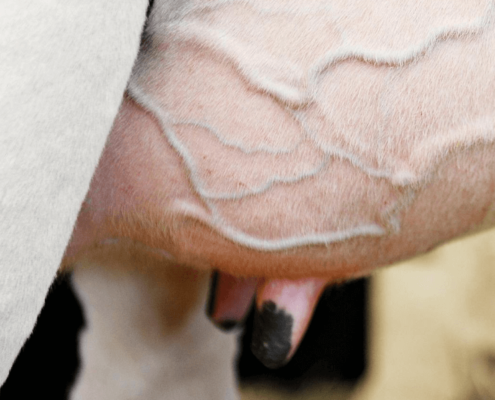 https://celticseaminerals.com/wp-content/uploads/2020/07/CSM-featured-image-heat-stress-asia.png
600
800
Patricia
https://celticseaminerals.com/wp-content/uploads/2020/01/Celtic_13.png
Patricia2020-07-28 08:45:572023-03-02 13:38:15Heat stress in dairy cows
https://celticseaminerals.com/wp-content/uploads/2020/07/CSM-featured-image-heat-stress-asia.png
600
800
Patricia
https://celticseaminerals.com/wp-content/uploads/2020/01/Celtic_13.png
Patricia2020-07-28 08:45:572023-03-02 13:38:15Heat stress in dairy cows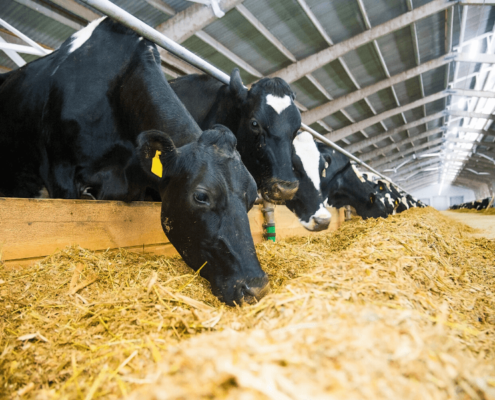 https://celticseaminerals.com/wp-content/uploads/2020/06/CSM-featured-image-feed-efficiency-800x600px.png
600
800
Patricia
https://celticseaminerals.com/wp-content/uploads/2020/01/Celtic_13.png
Patricia2020-06-30 12:28:302023-03-02 13:39:19Improving feed efficiency in dairy cows
https://celticseaminerals.com/wp-content/uploads/2020/06/CSM-featured-image-feed-efficiency-800x600px.png
600
800
Patricia
https://celticseaminerals.com/wp-content/uploads/2020/01/Celtic_13.png
Patricia2020-06-30 12:28:302023-03-02 13:39:19Improving feed efficiency in dairy cows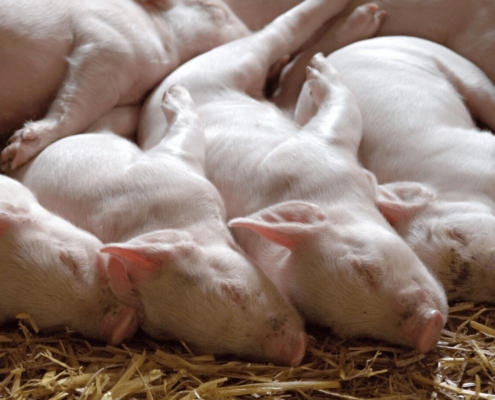 https://celticseaminerals.com/wp-content/uploads/2020/06/CSM-featured-image-piglets-sleeping-800x600px.png
600
800
Patricia
https://celticseaminerals.com/wp-content/uploads/2020/01/Celtic_13.png
Patricia2020-06-23 15:33:152023-03-02 13:40:54How to reduce pig aggression?
https://celticseaminerals.com/wp-content/uploads/2020/06/CSM-featured-image-piglets-sleeping-800x600px.png
600
800
Patricia
https://celticseaminerals.com/wp-content/uploads/2020/01/Celtic_13.png
Patricia2020-06-23 15:33:152023-03-02 13:40:54How to reduce pig aggression?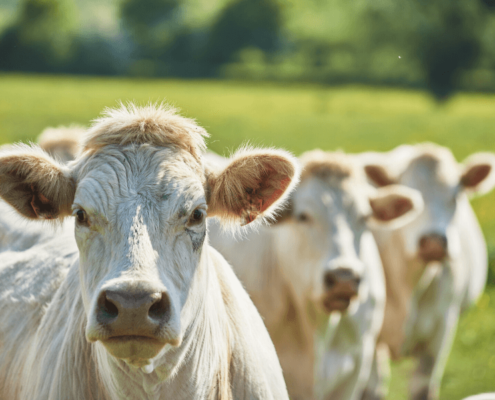 https://celticseaminerals.com/wp-content/uploads/2020/06/CSM-featured-image-beef-cattle-charolais-800x600px.png
600
800
Patricia
https://celticseaminerals.com/wp-content/uploads/2020/01/Celtic_13.png
Patricia2020-06-16 07:25:322023-03-02 13:41:17Fiber digestion drives beef cattle performance
https://celticseaminerals.com/wp-content/uploads/2020/06/CSM-featured-image-beef-cattle-charolais-800x600px.png
600
800
Patricia
https://celticseaminerals.com/wp-content/uploads/2020/01/Celtic_13.png
Patricia2020-06-16 07:25:322023-03-02 13:41:17Fiber digestion drives beef cattle performance Celtic Sea Minerals
https://celticseaminerals.com/wp-content/uploads/2020/06/CSM-featured-image-dairy-cow-neville-800x600px.png
600
800
Patricia
https://celticseaminerals.com/wp-content/uploads/2020/01/Celtic_13.png
Patricia2020-06-01 20:53:282023-03-02 13:44:46How a rumen buffer drives dairy performance
Celtic Sea Minerals
https://celticseaminerals.com/wp-content/uploads/2020/06/CSM-featured-image-dairy-cow-neville-800x600px.png
600
800
Patricia
https://celticseaminerals.com/wp-content/uploads/2020/01/Celtic_13.png
Patricia2020-06-01 20:53:282023-03-02 13:44:46How a rumen buffer drives dairy performance https://celticseaminerals.com/wp-content/uploads/2020/05/CSM-featured-image-holstein-cow-gras-800x600px.png
600
800
Patricia
https://celticseaminerals.com/wp-content/uploads/2020/01/Celtic_13.png
Patricia2020-05-24 21:54:212023-03-02 13:45:11How to reduce the risk for grass staggers?
https://celticseaminerals.com/wp-content/uploads/2020/05/CSM-featured-image-holstein-cow-gras-800x600px.png
600
800
Patricia
https://celticseaminerals.com/wp-content/uploads/2020/01/Celtic_13.png
Patricia2020-05-24 21:54:212023-03-02 13:45:11How to reduce the risk for grass staggers?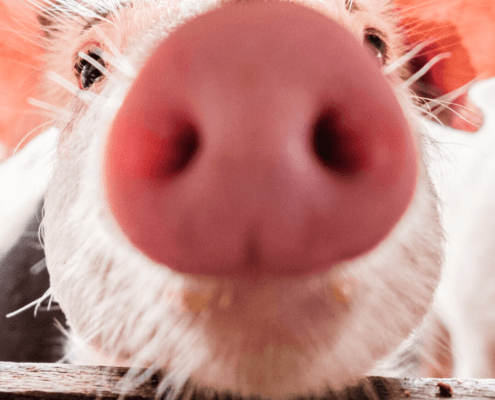 https://celticseaminerals.com/wp-content/uploads/2020/05/CSM-featured-image-pig-nose-800x600px.png
600
800
Patricia
https://celticseaminerals.com/wp-content/uploads/2020/01/Celtic_13.png
Patricia2020-05-12 22:21:192023-03-02 13:46:30How to prevent gastric ulcers in pigs?
https://celticseaminerals.com/wp-content/uploads/2020/05/CSM-featured-image-pig-nose-800x600px.png
600
800
Patricia
https://celticseaminerals.com/wp-content/uploads/2020/01/Celtic_13.png
Patricia2020-05-12 22:21:192023-03-02 13:46:30How to prevent gastric ulcers in pigs? Celtic Sea Minerals
https://celticseaminerals.com/wp-content/uploads/2020/04/CSM-Iceland-Marine-Minerals.png
600
800
Patricia
https://celticseaminerals.com/wp-content/uploads/2020/01/Celtic_13.png
Patricia2020-04-20 07:15:212023-03-02 13:48:33Marine Minerals Nutrition Platform
Celtic Sea Minerals
https://celticseaminerals.com/wp-content/uploads/2020/04/CSM-Iceland-Marine-Minerals.png
600
800
Patricia
https://celticseaminerals.com/wp-content/uploads/2020/01/Celtic_13.png
Patricia2020-04-20 07:15:212023-03-02 13:48:33Marine Minerals Nutrition Platform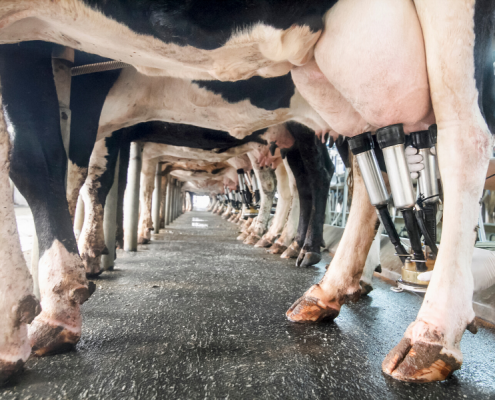 Celtic Sea Minerals
https://celticseaminerals.com/wp-content/uploads/2020/04/CSM-dairy-cow-udder-milk-fat.png
600
800
Patricia
https://celticseaminerals.com/wp-content/uploads/2020/01/Celtic_13.png
Patricia2020-04-19 18:50:522023-03-02 13:47:30How to increase butterfat in dairy cows?
Celtic Sea Minerals
https://celticseaminerals.com/wp-content/uploads/2020/04/CSM-dairy-cow-udder-milk-fat.png
600
800
Patricia
https://celticseaminerals.com/wp-content/uploads/2020/01/Celtic_13.png
Patricia2020-04-19 18:50:522023-03-02 13:47:30How to increase butterfat in dairy cows?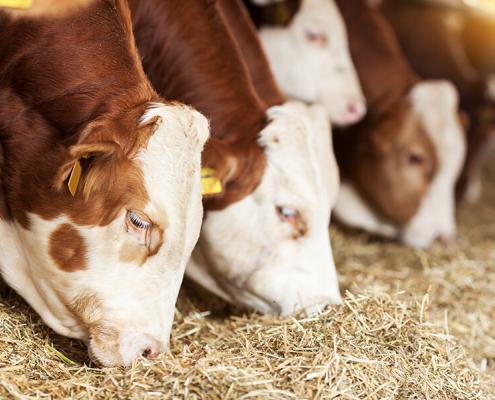 Celtic Sea Minerals
https://celticseaminerals.com/wp-content/uploads/2020/02/koe2.jpg
600
800
Patricia
https://celticseaminerals.com/wp-content/uploads/2020/01/Celtic_13.png
Patricia2020-02-14 21:43:062023-03-02 13:47:50How to prevent rumen acidosis?
Celtic Sea Minerals
https://celticseaminerals.com/wp-content/uploads/2020/02/koe2.jpg
600
800
Patricia
https://celticseaminerals.com/wp-content/uploads/2020/01/Celtic_13.png
Patricia2020-02-14 21:43:062023-03-02 13:47:50How to prevent rumen acidosis?You want to get powered by our science?

Strand Farm
Curraghbinny
Carrigaline
Co.Cork
P43 NN62, Ireland
T: +353 21 437 8377
E: info@celticseaminerals.com
Our marine minerals are fully compliant with the following globally recognised quality assurance schemes:

